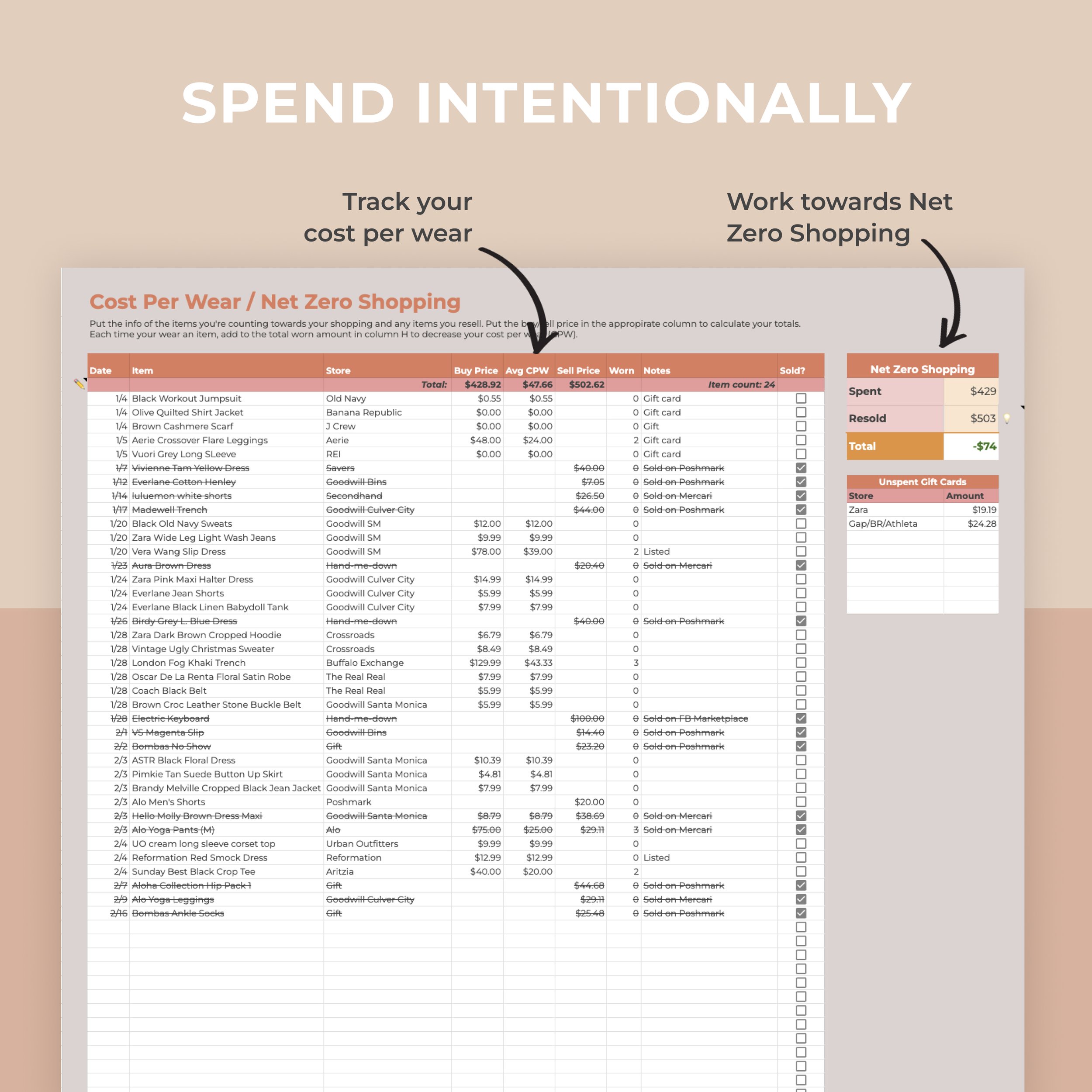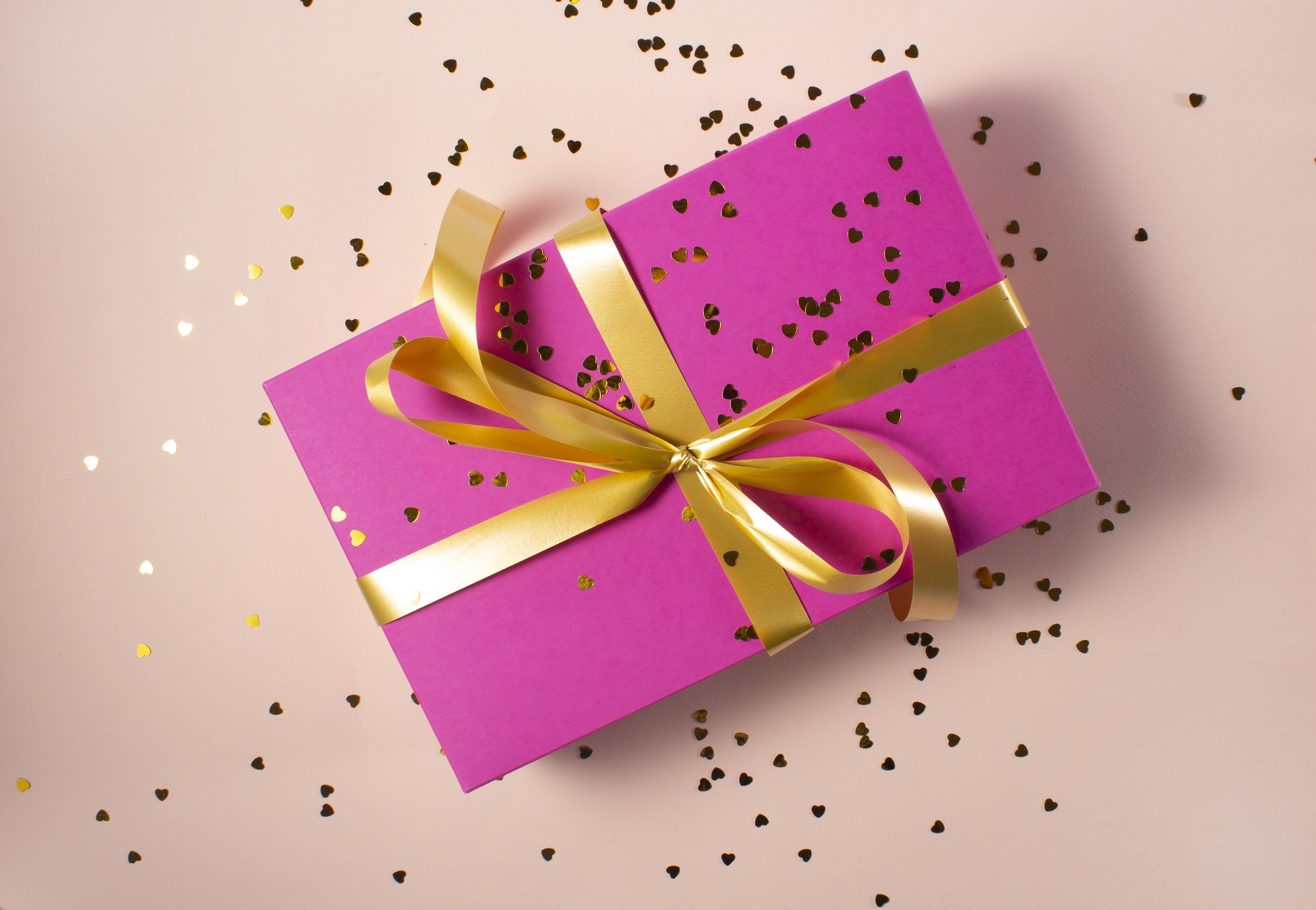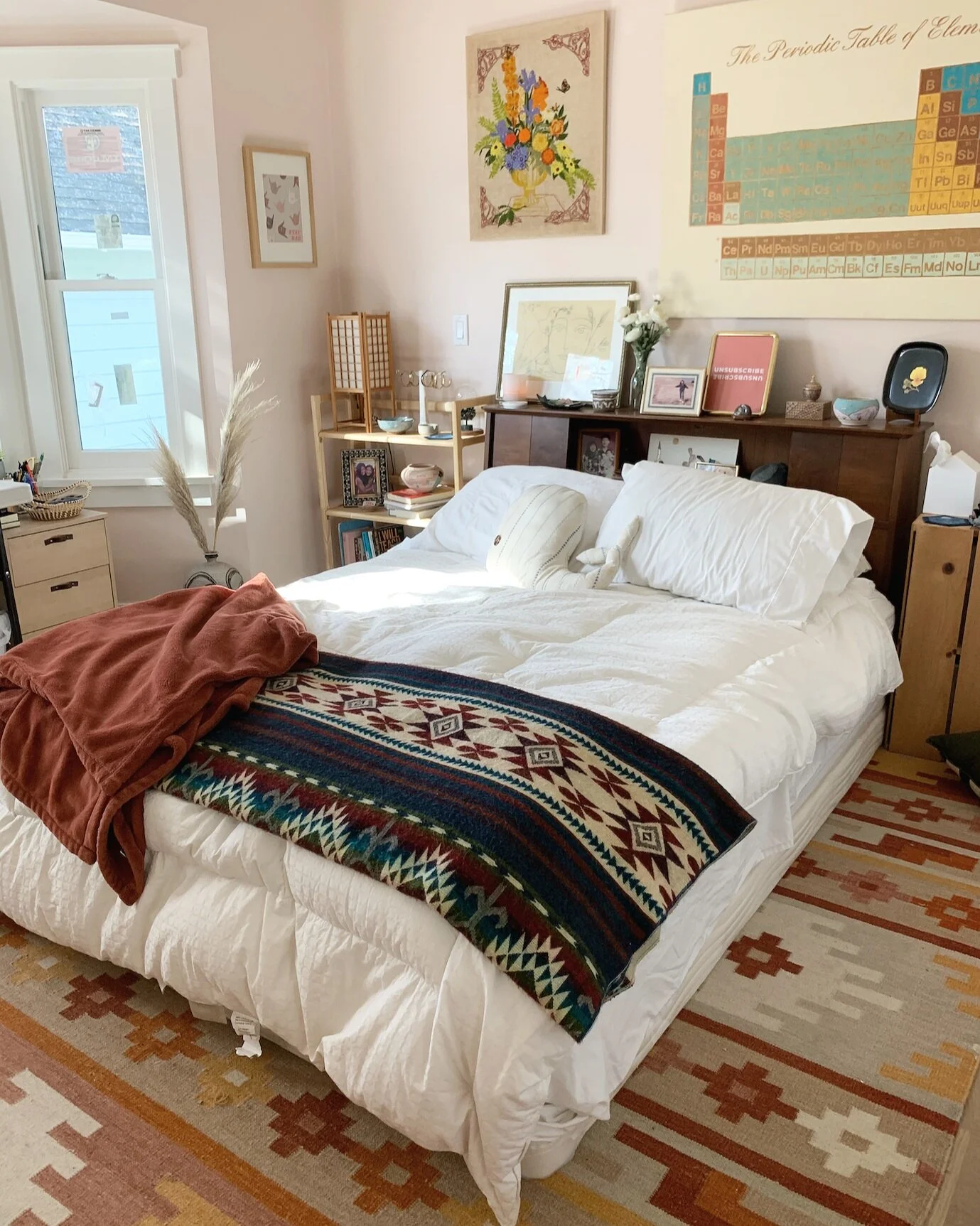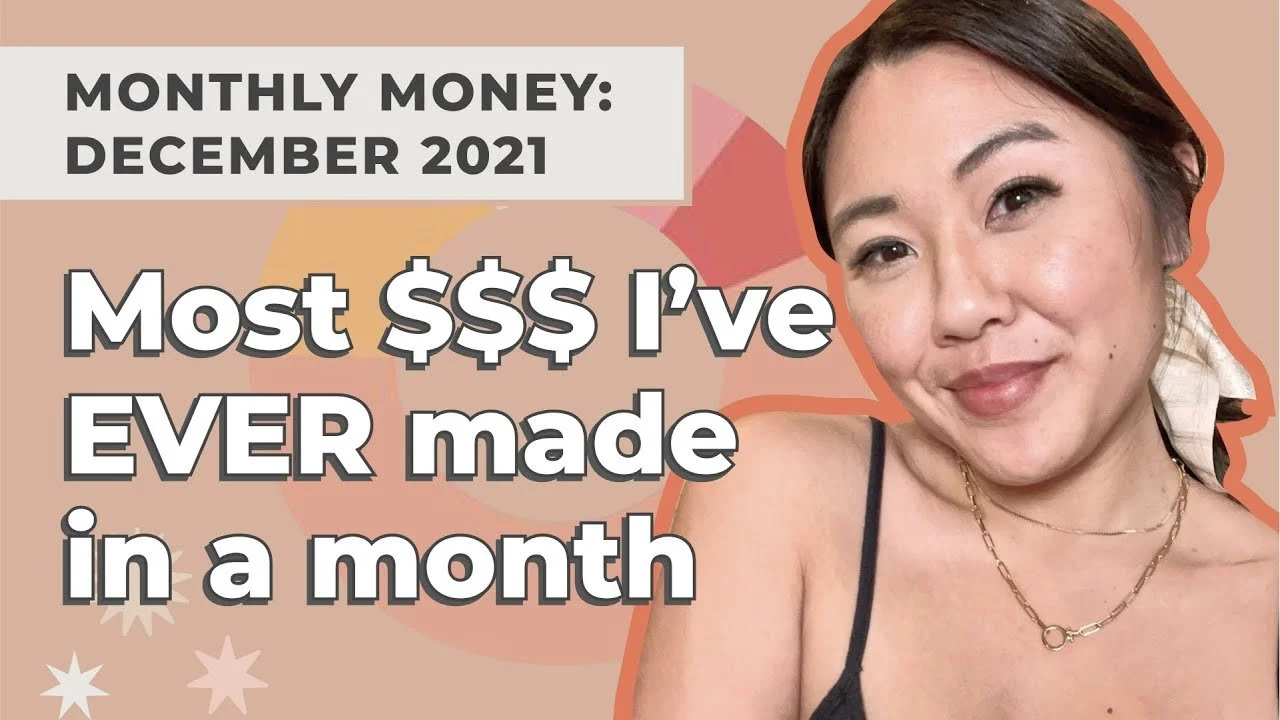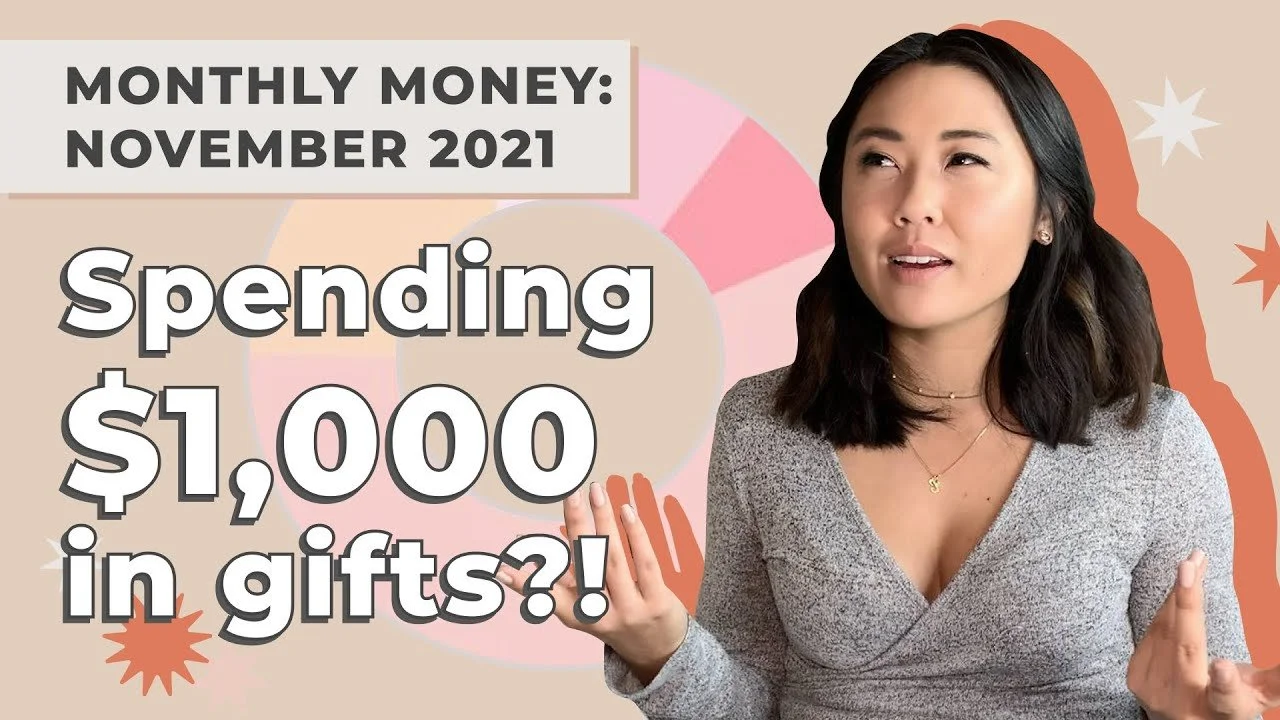Save Money with a DIY At-Home Quarantine Haircut
/Transcript:
Hey guys! Welcome back to Millennial Money Honey. Today, I’m going to give myself an at-home quarantine haircut.
Back in February, I decided I'd had it with hair salons. I would no longer be paying the amount that I paid to get my hair done in Los Angeles. I would spend $200+ every single time I went into a salon and that would be only for a haircut...plus tip or for a perm, it would be way more. I also did balayage for awhile and then I even upgraded that and was doing a full bleach blonde. Because of that my bill would run anywhere from $200 to upwards of $500+.
I decided to do an at-home haircut and it went horribly and I ended up back at Supercuts the next day. I decided $30 is worth it to pay for a haircut, so that's where I landed on the matter. I didn't even end up making a video because it was so bad, so I'm kind of nervous to actually try this again.
My sister has convinced me that since we are on month nine of lockdown, it's time for me to get a haircut. As you can see my strands are very ragged and dry. You can't feel it through the camera, but I'm telling you, it feels like straw. So that being said, I'm really excited to get a new fresh look for winter. Let's chop this hair!
Today I have my sister, Sarah, here to help me with my haircut.
SARAH: Hey guys! I’m Catie’s sister, Sarah.
CATIE: She is by no means a hair stylist or barber, but she has been picking up a lot of quarantine hobbies. Everything from sourdough baking to becoming a plant mom and she's a puzzle queen. She’s done all the classic quarantine hobbies including cutting hair. Let's do this!
What tools do we need for this?
SARAH: We have a spray bottle to wet the hair down, a comb with a rat tail, and then hair cutting scissors. Oh and we have a lot of clippies and rubber bands. [We used regular ones, but recommend using these little clear rubber bands.]
CATIE: I think they know what clips and rubber bands look like.
SARAH: Okay let's start by spraying your hair down and then we also need to decide how much you want to take off.
CATIE: I'm trying to grow my hair out actually, so I don't want to cut off too much. I feel like it's better to go shorter because inevitably this is going to be uneven.
SARAH: Wow, not a lot of faith here.
CATIE: I think like only maybe like an inch and a half. Is that too little?
SARAH: No, you can do as much or as little as you want.
CATIE: Okay yeah, let's start with an inch and a half.
SARAH: I'm going to start by dividing your hair into two sections. And this is how you normally put your hair, right?
CATIE: Yeah, I have a center part.
SARAH: I put in a rubber band and then we're gonna position it where you want to cut it. Unfortunately, we don't have like the tiny rubber bands, which I think would be better for this.
CATIE: Not prepared.
SARAH: The goal is to brush it straight down and then have it rubber band exactly where we want to cut it and we're going to try and keep it as even as possible.
I know you guys can't feel it, but I can feel it when I brush your ends how dead they are...knotty.
CATIE: Yeah, honestly that's the problem. After I bleach dyed my hair blonde four times it just killed my hair. It feels horrible. It honestly feels like straw and I didn't even know hair could feel like straw because my hair has never been that damaged before. That's what made me decide to not bleach my hair anymore. I'm going back to my virgin hair and that's the goal with growing it out.
So we're parting my hair into little sections and tying with rubber bands all the way around my head. We watched a lot of Youtube videos where they did two ponytails or a single ponytail and then cut it, but Sarah found this one that she wanted to try. The new thing to do is section your hair off into little ponytails and then cut those all the way around. We’re Youtube experts.
SARAH: Catie will link the Youtube video that's the inspiration for this haircut, but one thing that I loved is that he's a hairdresser and he was super candid about like if you actually want a really great haircut you need to go to a salon.
CATIE: That's what I said!
SARAH: But if you're gonna try it at home, this is what you should do to make it look not terrible.
CATIE: Wowwww.
SARAH: Ready? First cut, here we go!
Basically I'm doing point cutting into the hair at each of the guides. I don't want that blunt cut because I think that's where it becomes obvious that I'm not a professional hairstylist. I'm going for more of a feathered look on the end that doesn't make it super obvious if I'm not perfectly aligned.
CATIE: So she cut all the sections and now we're taking them out and hoping, praying, that this is even.
Are we done yet?
SARAH: Okay, and we're done!
CATIE: Feels lighter. I feel like you got a lot of the dead ends off. You can still see a tiny bit but definitely less than before. Feels lighter and shorter. Let’s blow dry it and see see how it is.
SARAH: Sounds good!
CATIE: Alright, so not bad, right? It actually looks pretty decent. I was very skeptical going into this and I actually kind of like it. I would definitely let her cut my hair again. So thanks, Sarah!
Lessons we learned—when we dried everything out, the front ends ended up being a tiny bit, maybe half an inch, shorter. So it kind of like goes up a little bit in front, which is okay because some people like a little face frame, but I would definitely keep it a little bit longer if I were to redo this again. And then we cut it wet, but I think we would try doing it dry. When we section it off in the beginning I’d do it from dry hair because you get the more natural texture.
Those are the two tips we would recommend doing if we were to do it again, but overall I think it turned out really great. I am now a believer in a do-it-yourself at-home haircut—my previous experience has been redeemed. I would recommend it if you have a friend to help. I don't know if I'd be able to do it myself, but I know Sherry from @saverspender does.
Let me guys know what you honestly think about my haircut. I know it doesn't look like a huge difference, but it's definitely shorter, a little bit lighter, and you can't feel this, but my straw ends are almost gone. I just have a little bit in the front.
If you check out my hair from the back you can see that it is all my natural hair. I've completely cut out the dyed end part. It's looking so much better and it feels so much better. I'll link the video tutorial that we actually followed to cut my hair. If you guys have any feedback let me know your honest thoughts on cutting your hair at home and how you think my hair turned out and if you have any tips I would love to hear them because I know i'll be doing this again in the future.
If you enjoyed this video, hit the like button and if you want to see more videos like this subscribe to my channel and hit the notification bell so you get notified when I drop the next video. Stay tuned for next week and we'll talk more money honey!
Disclosure: Some links are affiliate links, meaning, at no additional cost to you, I may earn some compensation. All opinions are 100% my own! I truly appreciate you and your support. :)





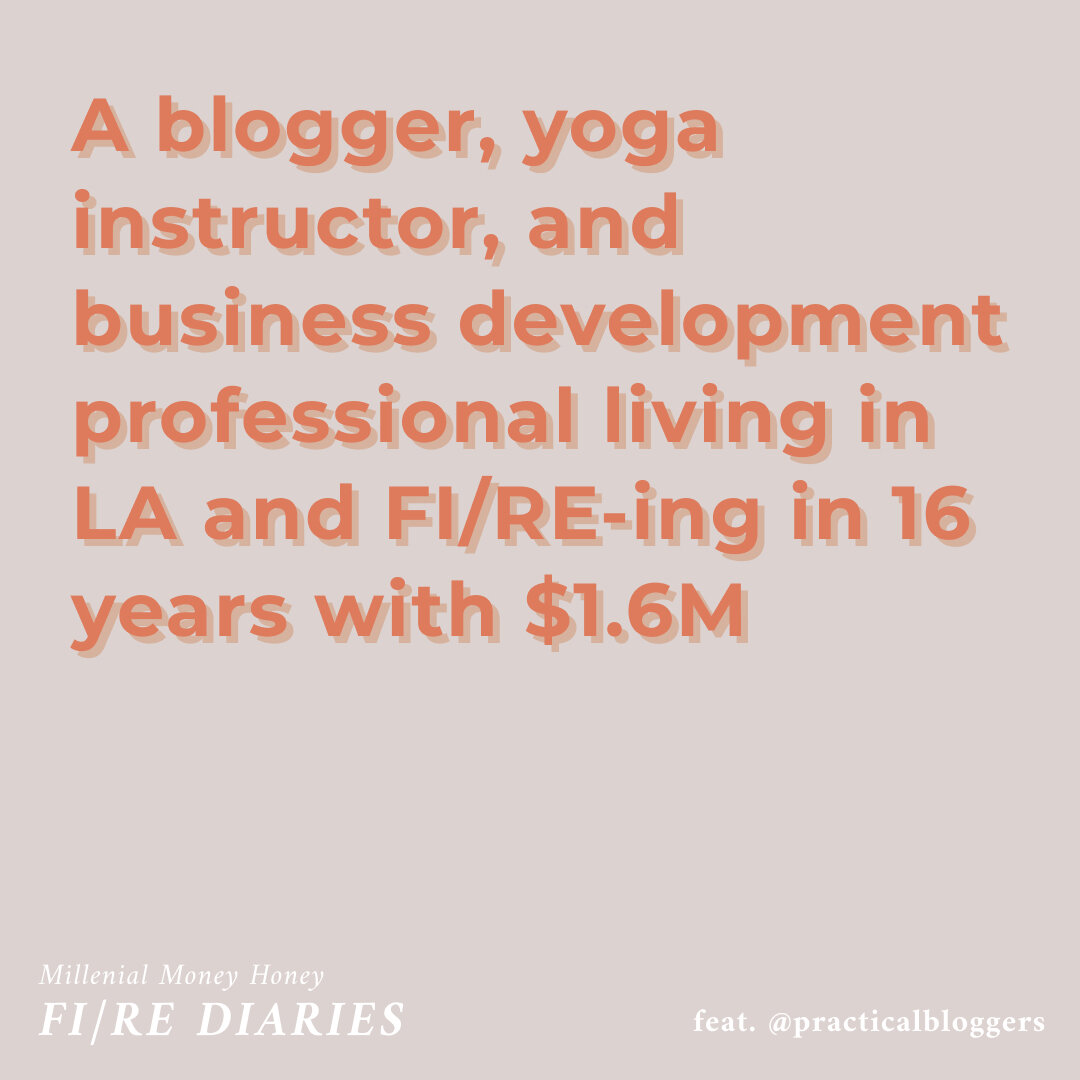

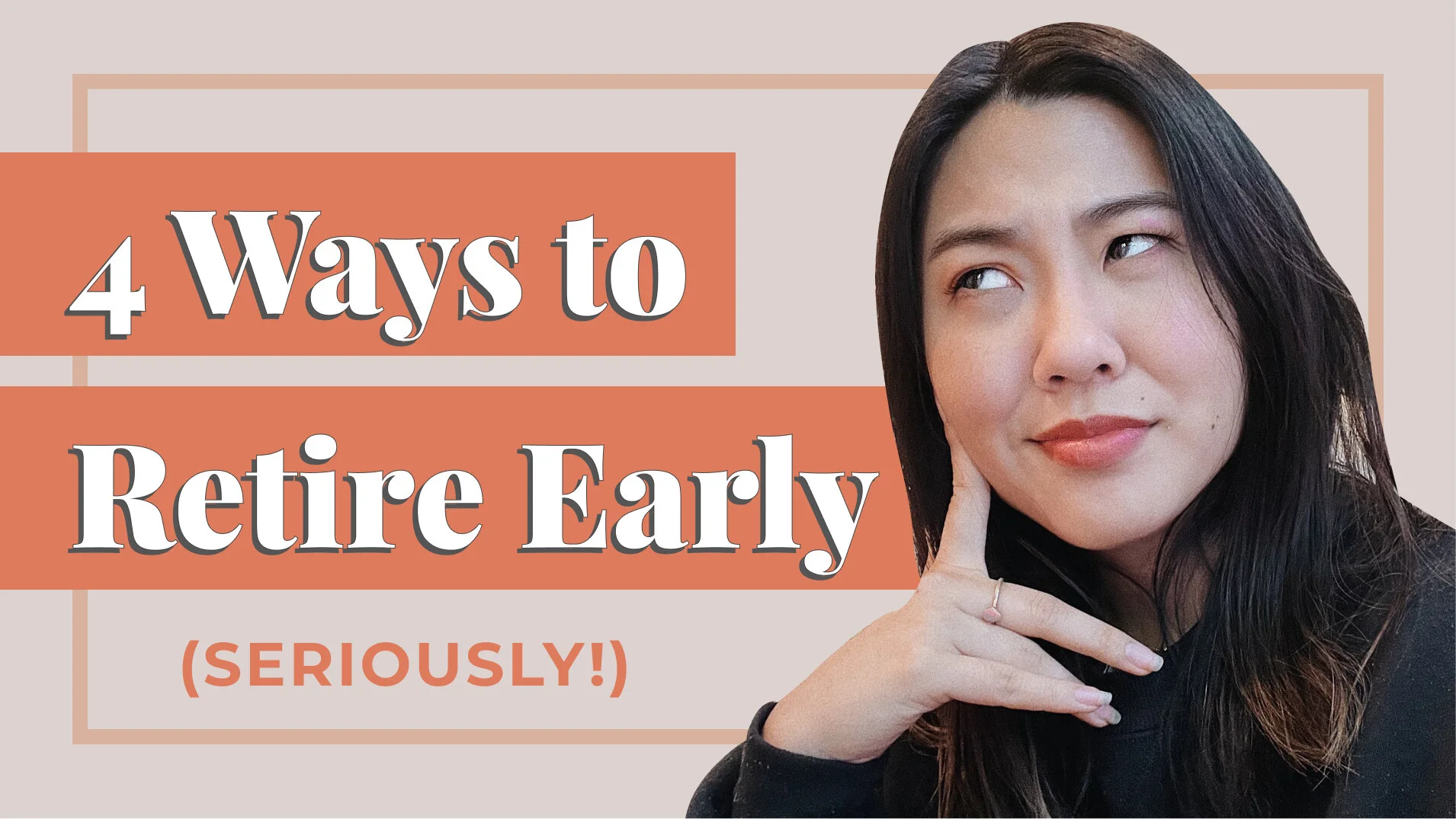





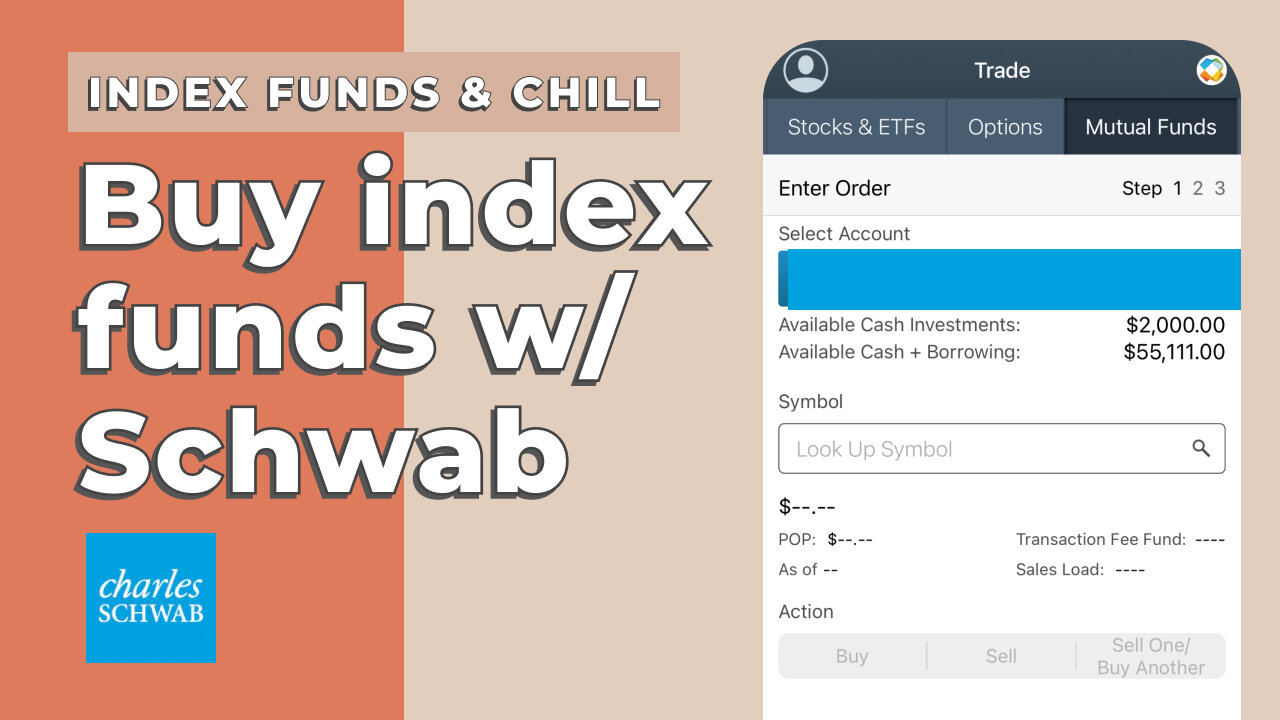



![[Closed] *GIVEAWAY!* Millennial Money Honey Shop is open!](https://images.squarespace-cdn.com/content/v1/5d75d967a6cf7c535dd64803/1599244949238-5UKEL2UONTDWGSKWK01S/Mockup8.jpg)




